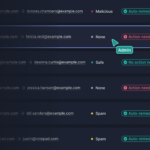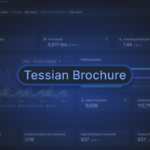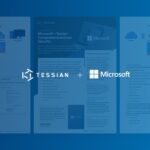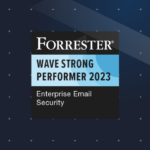Tessian Blog
Subscribe to our blog
Industry insights, straight to your inbox every week
- All Categories
- ...
-
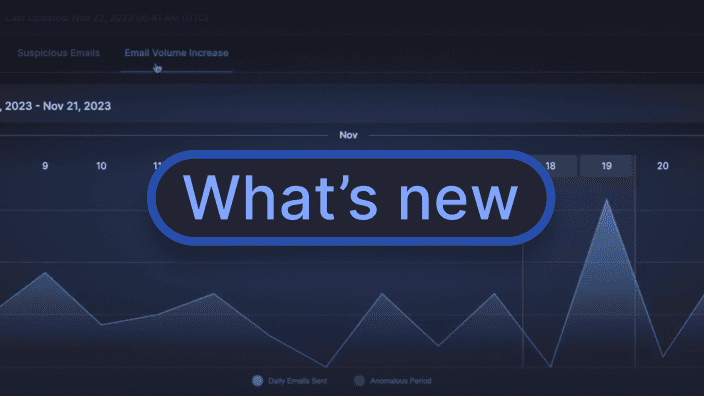 Product Updates
Product UpdatesWhat’s New – Attack Detection with LLMs, Internal Account Takeover Defense, and Integration with Palo Alto Cortex XSOAR
-
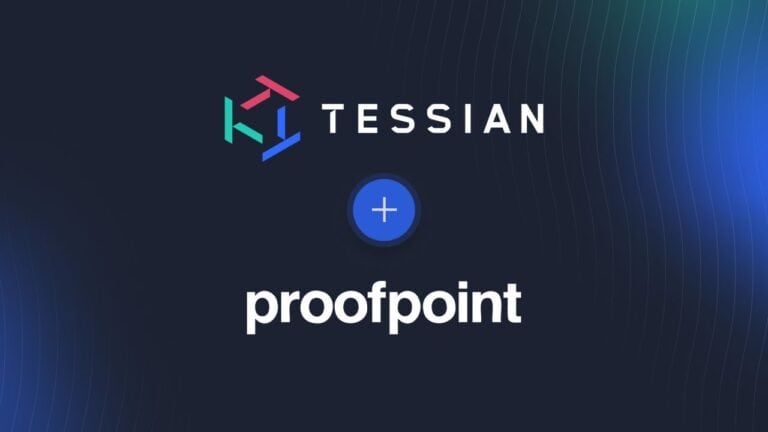
Proofpoint Closes Acquisition of Tessian
-

How Tessian Uses Apache Iceberg to Stop Advanced Email Threats
-
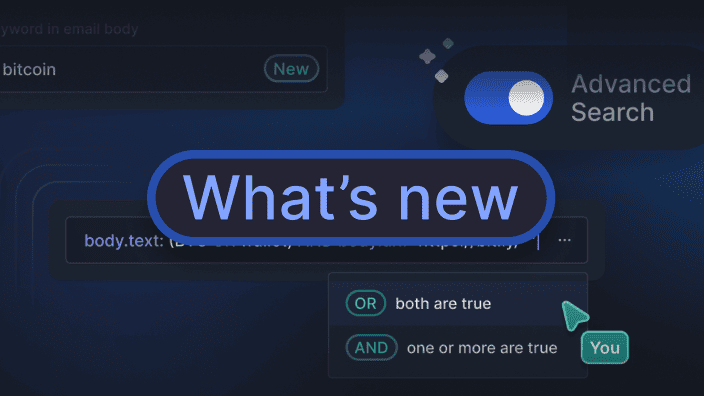 Product Updates
Product UpdatesWhat’s new — Advanced query, keyword search, and remediation via API
-
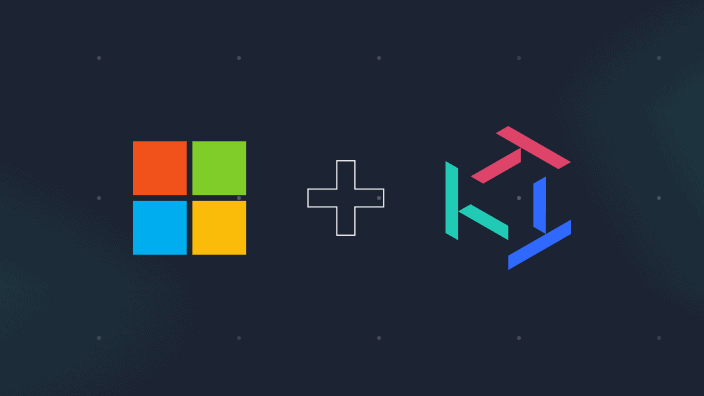
Tessian + Microsoft: Better Together
-
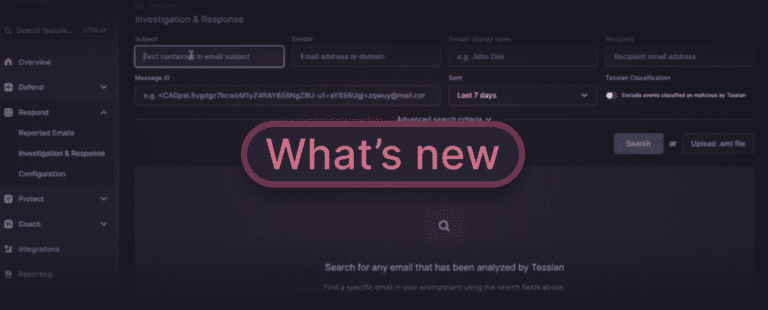
What’s new — QR Code Phishing Detection, Optical Character Recognition, and Faster Search
-

Evolution of AI-Powered Email Defense: Proofpoint Announces Intent to Acquire Tessian
-
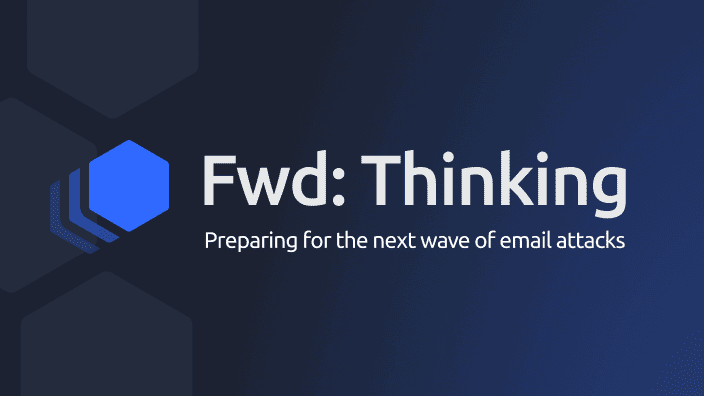
5 Trending Topics on the Future of Email Security
-
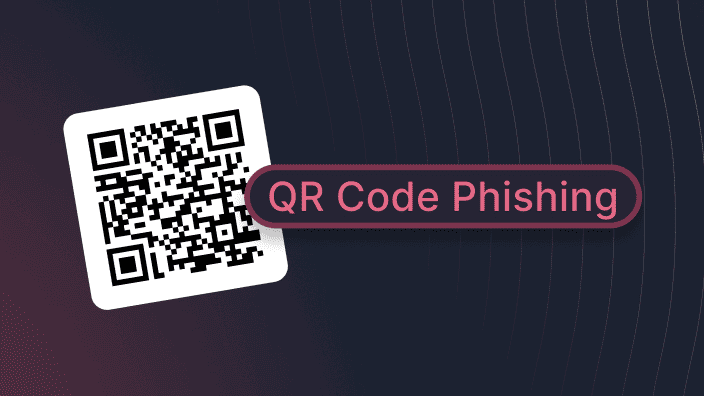 Advanced Email Threats, Product Updates
Advanced Email Threats, Product UpdatesTessian stopped over 3,000 QR code phishing attacks in just 1 day
-
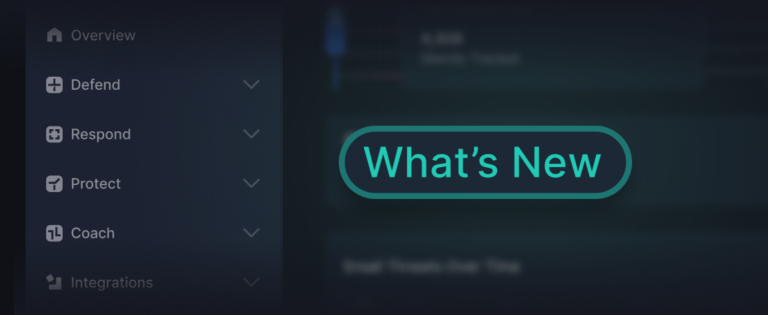 Product Updates
Product UpdatesWhat’s New – Enhanced API, Lightning Search and Updated Navigation
-

The ICO expands GDPR guidance to recommend a data loss prevention tool
-
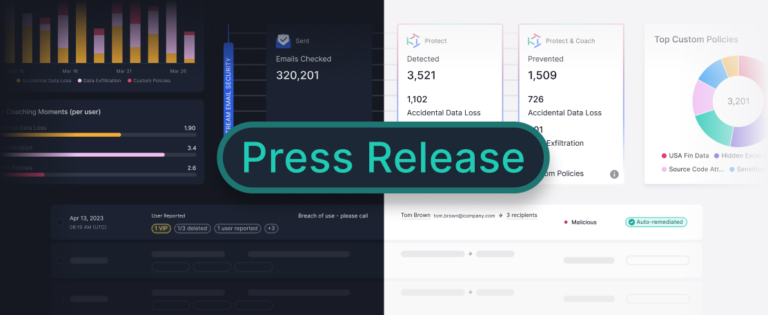 Product Updates
Product UpdatesTessian Launches Automated Email Threat Remediation for Security Teams
-
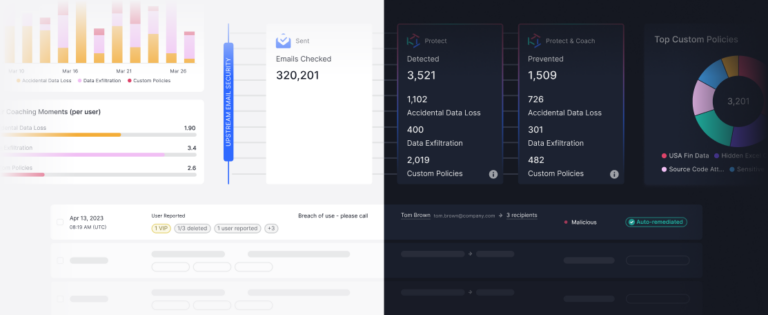 Product Updates
Product UpdatesWhat’s new: Abuse Mailbox Response, APIs, and dashboards
-
 Integrated Cloud Email Security
Integrated Cloud Email SecurityFrom on-prem to cloud: Supporting your email security journey
-
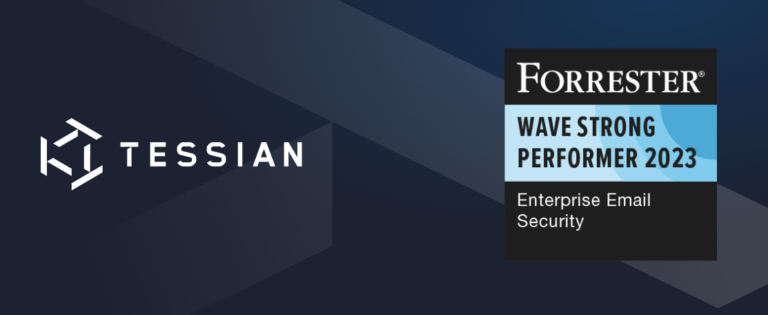 Integrated Cloud Email Security, Life at Tessian
Integrated Cloud Email Security, Life at TessianTessian Named a Strong Performer in Enterprise Email Security by Independent Research Firm
-
 Beyond the SEG / Microsoft + Tessian, Integrated Cloud Email Security, Advanced Email Threats, Security Awareness Coaching
Beyond the SEG / Microsoft + Tessian, Integrated Cloud Email Security, Advanced Email Threats, Security Awareness CoachingLatest Microsoft Report Confirms Need for AI-Based Phishing Protection
-
 Advanced Email Threats, Product Updates
Advanced Email Threats, Product UpdatesUnlock Email Security Visibility Within Splunk
-
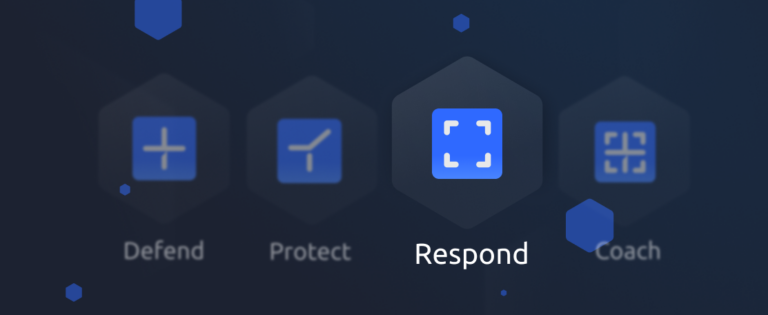 Life at Tessian
Life at TessianTessian Launches Advanced Email Threat Response Capabilities for Security Teams
-
 Life at Tessian
Life at TessianTessian is First Email Security Platform to Fully Integrate with M365 To Provide Threat Protection and Insider Risk Protection
-
 Integrated Cloud Email Security, Product Updates
Integrated Cloud Email Security, Product UpdatesRespond Faster. Prevent More.


